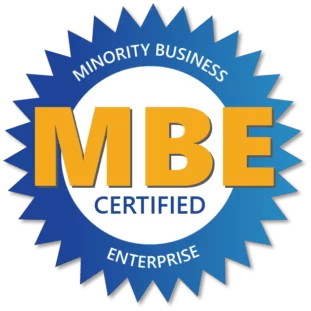Keeping it simple, the cloud is just a metaphor for the internet. Cloud computing means storing and accessing data and programs over the internet instead of your computer. When storing data on or running programs from a hard drive, you’re storing local storage and computing. Accessing your data is fast and easy because everything you need is physically close to you on a local network.
Storing data on a home or office network doesn’t count as utilizing the cloud. The cloud is also not about having a dedicated network attached storage hardware. To be considered cloud computing, you’ll need to access data on your programs over the internet, or at least have that data synced with other information over the web. With an online connection, cloud computing can be done anywhere at anytime.
BUSINESS VS. CONSUMER
Cloud computing for individuals is entirely different than the cloud for a business. Some businesses choose to use Software-as-a-Service (SaaS) where they subscribe to an application and access it over the internet. Also, infrastructure as a surface (Iaas) is used where players like Google, Microsoft and Amazon provide a backbone that can be rented by other companies.
COMMON CLOUD EXAMPLES
Amazon Cloud: Essentially, Amazon Cloud Drive stores anything digital you buy from Amazon. If you have Amazon Prime, you get unlimited storage and hold anything you buy from Kindle.
Apple iCloud: Apple’s server stores backups, syncs your contacts, mail, calendar and more. All the data needed is available on your iOS, Mac OS or Windows device. Apple offers cloud-based version of it’s word processor (Pages) spreadsheets (Numbers) and presentations (Keynote) for use by iCloud subscribers. It’s also the place users utilize the Find My iPhone feature.
Google Drive: With this cloud computing service, all storage found online works with all Google’s cloud apps (Docs, Sheets, Slides). Drive is also available on more than one desktop and can be used on tablets, iPads or smartphones. Most of Google’s services can be considered cloud computing (Google Calendar, Gmail, Maps, etc.).
There are hybrid services as well (Dropbox, SugarSync, etc) that work in the cloud and also sync to local storage. Synchronization is a cornerstone of the cloud experience, whether using just the cloud or accesses files locally.





